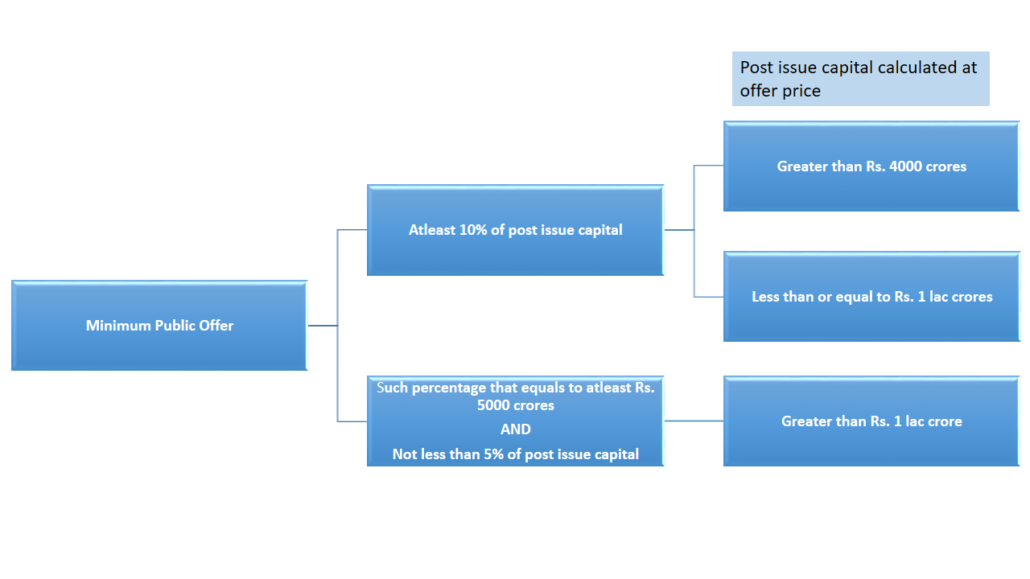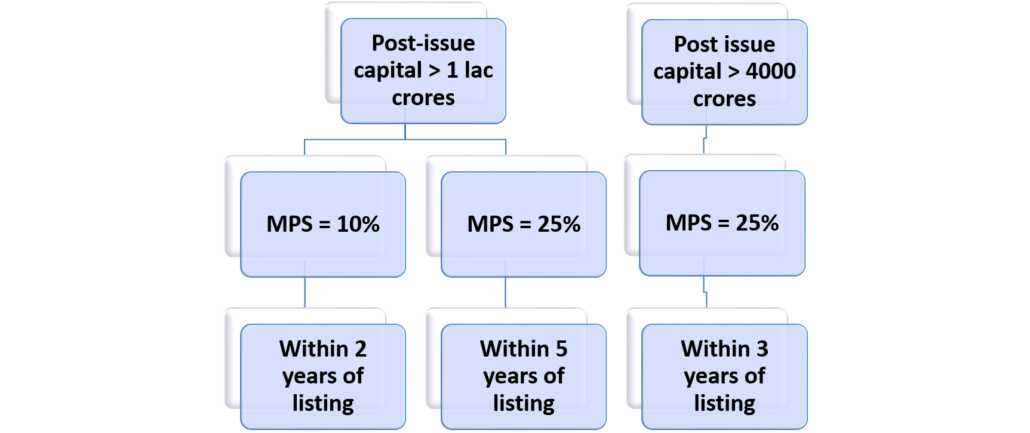Introduction
Under the provisions of Insolvency and Bankruptcy Code, 2016 (IBC), the determining criteria for insolvency is a definite default, rather than financial sickness or ‘inability to pay’ . While the latter is certainly suggestive of a larger state of insolvency, where the company may be unable to pay its outstanding debts, the former does not necessitate the same. Hence, the likelihood of an application for initiation of CIRP on the basis of an isolated event of default/ non-payment, sans a financial stress in the company, cannot be ruled out.
Owing to such uncertainty, it may so happen that an application, initiated on the basis of such an isolated event of default, is admitted before the adjudicating authority without any other cases of defaults by the company. Naturally, there would be no claims to file except that of the applicant. If it were to happen, it forces one to ponder as to how CIRP will proceed, and if at all there is something to resolve.
CIRP without claims?
As per the Code, CIRP commences after an application has been admitted by the AA. Once an application is admitted by the AA, an Interim Resolution Professional is appointed, who is responsible for invitation and collation of claims, and subsequent constitution of the committee of creditors (‘CoC’). All decisions with respect to the corporate debtor’s business are thereafter taken with the approval of CoC, including approval of Resolution Plan or passing of a resolution for liquidation of the Corporate Debtor. Hence, it can be said that the CoC, constituted on the basis of the claims, drives the CD through the process till revival/ liquidation, as the case may be.
However, in a rather odd situation, when no claims are received after the initiation of CIRP, how will the IRP constitute CoC? In essence, when no claims are received by the Interim Resolution Professional (‘IRP’) after the initiation of CIRP, the questions that would arise are (aside, the broader question as to whether there was at all a need for resolution, will remain) – how is the CIRP likely to proceed, how will IRP constitute CoC, and most importantly, what is it for which the IRP should invite resolution plans? Does non-receipt of any claims by the creditors prove that the Corporate Debtor is, in fact, not a defaulter?
Books of the corporate debtor/public announcement
At the first instance, the books of the corporate debtor will assist in determining whether at all the CD has liabilities (financial/operational, otherwise). It may be the case that the CD does not have any liability at all (besides that pertaining to the creditor who filed the application). In such a case, attempts can be made by the CD and the Creditor to arrive at an agreement among themselves, instead of proceeding with CIRP and having the CD jammed in a situation of Moratorium.
However, there may be cases where the books acknowledge liabilities but there are no claimants. This might pose practical difficulties for the IRP because if no claims are received, the constitution of CoC would become impossible which in turn would lead to the CIRP coming to a complete halt. Occurrence of such a situation might necessitate the following actions to be taken by the IRP-
- sending of individual mails, requesting claims, to the Financial creditors so that, at least, a CoC can be constituted.
- ensure that the public announcement, inviting claims of creditors, are made in accordance with the manner laid down in the CIRP Regulations and in newspapers with wide reach.
- if, in case, no claims are received despite of efforts being made by the IRP, a final attempt should be made by the IRP by way of re-issuance of public announcement
Say, even after these efforts, no one shows up. There is a stage set, but there are no creditors to run the show. In such cases, what can the IRP do? We can explore the following alternatives.
Section 12A of Insolvency and Bankruptcy Code, 2016
Prior to section 12A of the Code, the withdrawal of an admitted insolvency resolution process was not expressly provided for. However, in view of reasons like a post-admission settlement or restructuring, the need to allow such withdrawal was realised – Section 12A of the Code enables withdrawal of the applications filed under Section 7, 9 or 10 of IBC, post its admission, if the committee of creditors (CoC) approves of such withdrawal by a voting share of at least ninety percent.
The very fact that section 12A mandates the approval of CoC as a precondition for withdrawal, there is no occasion to apply the said provisions before the constitution of CoC. A deeper reading of section 12A further indicates that the application for withdrawal must be filed by the very applicant who initiated the process. The reason is simple, the cause initiated by one cannot be withdrawn merely by virtue of a majority of others. Thus, the fact that withdrawal can be done only at the behest of the original applicant and with the consent of at least 90% CoC members maintains the much required trade off.
However, in the given state of affairs, the devil lies in the fact that no claims have been received so as to constitute the CoC. Further, to assume that the applicant who, at the first place, initiated the application, and thereafter chose to remain missing in action would initiate the withdrawal process, seems rather bizarre.
Even if one were to assume the possibility of withdrawal application by such a creditor, would the very filing be construed as a mere pressure tactic for recovery of claims? If yes, the same would attract penal provisions under the Code, and as such the Applicant would be liable for the consequences.
Knocking the Doors of NCLT
From the above discussion, we understand that a situation as such would indeed put the IRP/ RP in a pickle. Another probable way out could be an application being filed by the IRP/ RP under section 60 (5) of the Code thereby praying for annulling the process or directing the original applicant to file an application under section 12A.
Further, in Swiss Ribbons (P) Ltd. v. Union of India (Supra)[1], the Hon’ble Supreme Court made it clear that “at any stage where the committee of creditors is not yet constituted, a party can approach the NCLT directly, which Tribunal may, in exercise of its inherent powers under Rule 11 of the NCLT Rules, 2016, allow or disallow an application for withdrawal or settlement…….”
Thus, on the strength of the aforesaid order and the power and jurisdiction in section 60 (5), the IRP/ RP may take necessary steps before the Hon’ble Bench.
Such entanglement would leave the IPR/ RP in the middle of the sea, so to say that he can neither continue the CIRP in absence of the CoC, nor proceed for withdrawal as per section 12A.
Corporate Debtor – a Defaulter or no
Another line of thought that arises in the given facts could be whether the Corporate Debtor can be construed as a ‘defaulter’. In the given case, since no claims are received after the initiation of CIRP, can it be assumed that the Corporate Debtor has not defaulted in the payment of dues of any other creditor except for that of the applicant. Based on this assumption, can it be said that the CD is not a defaulter?
The above straight jacket assumption would not hold good as it is important to note that another probable situation that could arise is that the default of other creditors is apparent from the books of accounts of the Corporate Debtor. In such cases, if no claims are received by the IRP, the IRP may, in furtherance to the mandatory public announcement, send a mail to the banks/ financial creditors, inviting claims from them so that at least the CoC can be constituted and the CIRP can proceed.
While the above situation is a rather odd one, it would indeed be an interesting situation to understand the possible course of action that the IPs could resort to, and the role of the Adjudicating Authorities in such cases.
[1] Swiss Ribbons (P) Ltd. v. Union of India (Supra)



